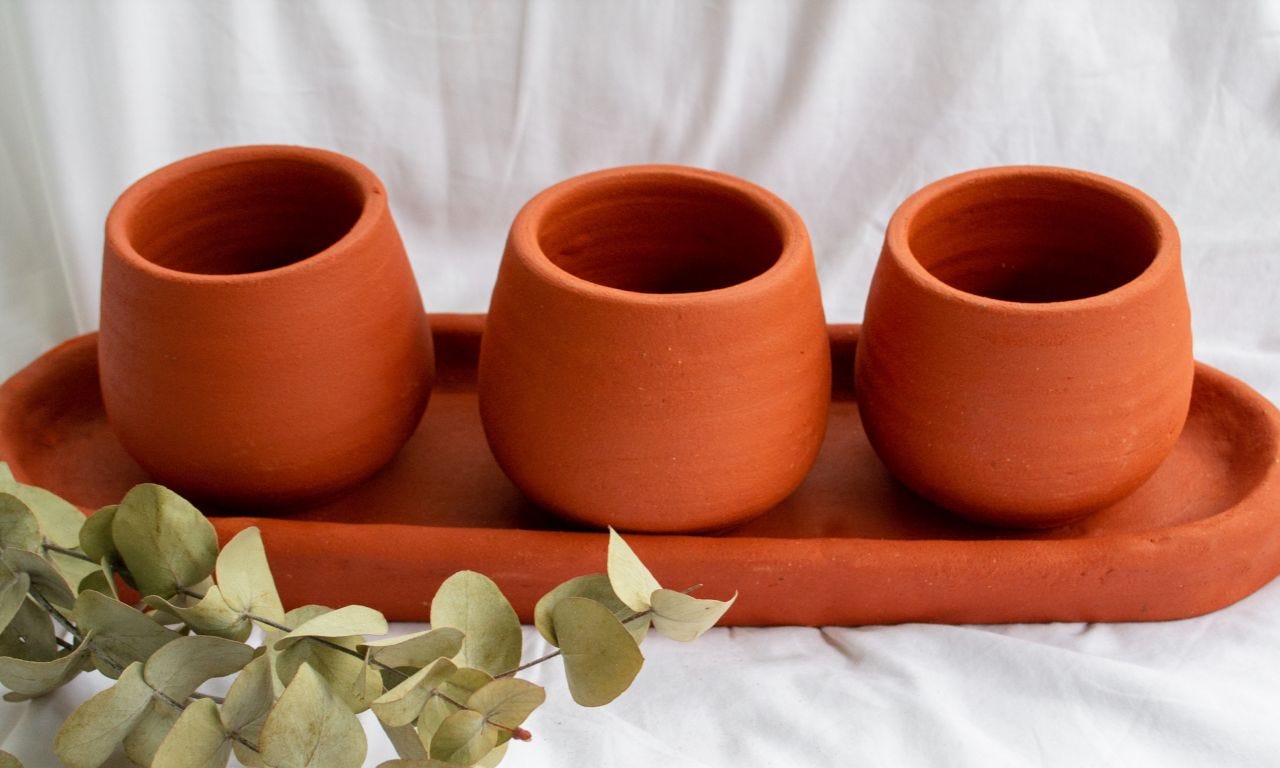AfriConté: A Tale of Zambian Craftsmanship
By Mubiana Kabaghe.
It goes without saying: Africa is a diverse and vibrant continent stretching from Egypt in the north to South Africa in the south. For centuries, Africans have created art, architecture, pottery, and other designs unique to our continental experience. But in recent years, these works have found commercial success globally.
African interior design styles typically integrate earthy tones with bright colours and textures. In November last year, I started Africonté with two friends, a homeware brand that collaborates with Zambian artisans to re-create handmade contemporary homeware pieces. We were struck by the opportunity to bring together skilled Zambian craftsmanship, and a growing appetite for these products. For example, we work with basket weavers in different parts of the country – at present, in Lusaka, Choma, and Mongu. They make and supply us with large quantities of baskets with specific designs. This not only helps (mainly) marginalised women earn a living. It also helps sharpen their skills and gain confidence.
From June this year, we’re planning to start exporting our products globally. Our initial target markets are the US and the UK. Essentially, we want to be an African artisanal business exporting Zambian culture and a modern African aesthetic to the world, whilst still having an impact locally.
As a share of the whole economy, the Zambian art and design sector is still very small. For decades, it has not received much-needed attention and investment which has resulted in us lagging behind other countries in the COMESA region. Art and design in Africa is often unique because it is usually handmade. This means it requires many hands on the job and thousands of people are able to earn an income through the value chain.
The trend of ethical and sustainable buying is still with us. Handmade, ethical, and sustainably manufactured products also fetch higher prices overseas. This provides an opportunity for local companies to earn in foreign currency which often compensates for costs incurred in our weaker, local currency and to create value and more competitive salaries for employees.
Foreign currency, with a strong and stable value, is also excellent for saving and investing. By saving in currencies such as the US dollar, its value is less likely to significantly depreciate based on market fluctuations. The development of a sound strategy to grow earnings in foreign currency will enable local companies to achieve financial stability, which will translate into more funds to invest in assets that improve overall net worth.
Overall, the reception Africonté has received has been a positive one. Our clients have mainly been in the hospitality sector and amongst the expat community. But the journey has not been without its challenges. Communication with artisans in the rural areas and long processing times, because all our products are handmade, continue to test us.
We have some exciting opportunities that lay ahead such as design concept projects for local lodges and apartments in Kafue, Lusaka, and Mfuwe, exporting our products, and wholesaling too.
The role that the art and design sector can play in Zambia is huge. It’s a vital contributor to social cohesion and nation building. It helps develop creativity amongst our population. More importantly, the sector also helps establish intrinsic values that shape national identities. It needs to be invested in to help us develop a greater sense of who we are.
Follow AfriConté on Instagram here.
About Zed Essays
Founded and edited by writer and journalist Chipo Muwowo, Zed Essays seeks to become the home of intelligent conversation about Zambian life and culture on the internet. We’ll publish six articles every quarter. Subscribe today and get each issue directly to your inbox! 👇🏿






